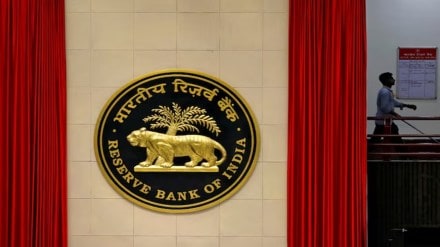By allowing domestic banks to step into the mergers and acquisitions (M&A) financing market, the Reserve Bank of India has sought to give banks something they have been asking for quite some time. M&A funding could undoubtedly be an exciting opportunity—deal volumes in India during the first half of 2025 saw an 18% increase in comparison with the first half of 2024.
Experts see continued consolidation in many sectors such as healthcare, renewable energy, information technology, and financial services, driven by heightened competition, disruption from new technologies, the spread of e-commerce, and the need to scale. Indian banks believe they are missing out on a lucrative opportunity given that the value of transactions in 2024 was an estimated $120 billion. Indeed, it is largely the foreign banks and to a much smaller extent, the alternative investment funds (AIFs), that have shared the funding pie.
Private credit hasn’t really played a very big role. Of the $9 billion private credit investments made in the first half of 2025, about 17% was channelled into growth capital, capacity expansion and strategic acquisitions of companies, equity stakes or land acquisitions. Non-banking financial companies have shown little appetite to lend for amalgamations or buyouts partly because the rules they need to follow are onerous.
Why foreign banks will retain dominance in big-ticket M&A deals
With the space to be no longer off bounds for local banks, both state-owned and private, there is reason to be excited. However, it’s unlikely to be a very big share at least for some years. For one, the big transactions are typically the inbound acquisitions—where foreign firms acquire Indian businesses. Indian banks simply do not have the balance sheets needed to support such big deals and should not be permitted to fund them. As such, that space will continue to remain the preserve of foreign lenders. As for local buyouts, the market will stay competitive since foreign banks will remain in the fray.
These lenders are often able to structure products to suit borrowers’ needs and offer a mix of funding options. Companies can also tap AIFs and issue non-convertible debentures to foreign portfolio investors. To be sure, local banks will leverage their existing relationships with corporate houses. That’s a big edge that they have. But they would also need to price their loans attractively.
Regulatory caution and risk mitigation for banks in M&A lending
But banks must tread with caution. Wherever possible, they should try and participate in the funding by subscribing to listed corporate bonds, issued by the acquirer. That would give them an exit option in times of trouble; the corporate insolvency route has often proved to be a tortuous one. Even as the rules and regulations are awaited, the regulator is expected to prescribe a lending framework that does not expose banks to too much risk.
To begin with, it may permit funding via debt backed by adequate collateral. Ideally, banks should be required to stick to funding only large, listed companies that generate strong cash flows. Companies that are highly leveraged should be avoided altogether even if the offer is tempting. Banks might be reasonably well-capitalised but the environment right now is a very tricky one. As we are seeing, even the best of businesses, owning top brands, are going through a rough patch. Indeed, the world over, the success ratio of M&As has not been high and there’s nothing to suggest it’s going to get better. So it’s better to take one step at a time.
